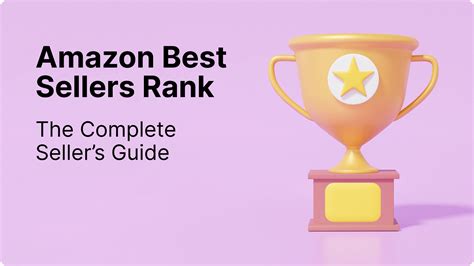The Pro's Guide to Finding the Best Amazon Sellers
Finding the best Amazon sellers isn't just about stumbling upon a great deal; it's about identifying reliable vendors who consistently deliver high-quality products and excellent customer service. This guide provides a professional's perspective on navigating the vast Amazon marketplace and uncovering top-tier sellers. Whether you're a seasoned shopper or a newcomer, these strategies will help you make informed purchasing decisions and avoid potential pitfalls.
How to Identify Top-Rated Amazon Sellers
Several key indicators can help you distinguish top sellers from less reputable ones. These aren't foolproof, but when used together, they create a robust filtering system:
1. Seller Feedback Rating and Number of Reviews:
A high seller feedback rating (generally above 95%) indicates a strong track record of positive customer experiences. However, don't just look at the percentage; consider the number of reviews. A 98% rating with only 10 reviews is less reassuring than a 97% rating with 10,000 reviews. A large number of reviews signifies a significant sample size, giving you more confidence in the rating's accuracy.
2. Positive Seller Feedback Comments:
Go beyond the rating itself. Read the actual customer comments. Look for patterns – are customers consistently praising the seller's communication, shipping speed, or product quality? Negative reviews are inevitable, but a preponderance of positive comments with specific details suggests a reliable seller.
3. Seller's Response to Negative Feedback:
How does the seller handle negative feedback? Do they respond professionally and attempt to resolve customer issues? A seller who actively addresses complaints and strives for customer satisfaction demonstrates a commitment to quality service. Look for responses that are apologetic, offer solutions, and show a willingness to make things right.
4. Amazon's "Best Seller" and "Amazon's Choice" Badges:
While not a guarantee of perfection, these badges signal that a product has performed well within its category. These designations are based on sales volume, customer ratings, and other factors, indicating a degree of market validation.
5. Check the Seller's Profile:
The seller's profile often reveals valuable information. Look for details like:
- Business location: This can give you an idea of shipping times and potential import/export issues.
- Contact information: A clearly displayed contact method (email or phone number) suggests transparency and accessibility.
- Return policy: A generous and straightforward return policy can offer additional peace of mind.
What are the Red Flags to Watch Out For?
While focusing on positive indicators is crucial, recognizing warning signs is equally important:
1. Low Seller Feedback Rating or Few Reviews:
A low rating or a small number of reviews is a major red flag. It suggests limited experience or potential issues with customer satisfaction.
2. Many Negative Reviews with Similar Complaints:
If multiple negative reviews mention the same problem (e.g., damaged goods, late shipping, poor communication), it suggests a systemic issue with the seller's operations.
3. Generic or Vague Product Descriptions:
Poorly written or misleading product descriptions can indicate a lack of professionalism or even fraudulent activity.
4. Unresponsive Seller Communication:
Failure to respond to customer inquiries is a serious warning sign. It suggests a lack of accountability and poor customer service.
How Long Should I Wait for Delivery?
Shipping Times and Delivery Expectations:
Shipping times vary greatly depending on the seller, the product, and the shipping method. Check the estimated delivery timeframe before purchasing. Prime-eligible items typically offer faster delivery, but it's still wise to check recent customer reviews for shipping delays. Be mindful of international shipping, which often takes longer.
How Do I Handle Problems with an Amazon Seller?
Addressing Issues with a Seller:
If you encounter problems with a seller, such as damaged goods or late shipping, contact Amazon's customer service immediately. Amazon has robust systems for mediating disputes and protecting buyers. Clearly document your issue with photos and communication records.
By diligently applying these strategies, you can significantly increase your chances of finding the best Amazon sellers and ensuring a positive purchasing experience. Remember, due diligence is key to a successful online shopping journey.

